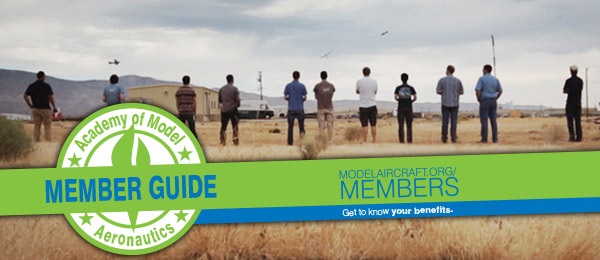Taking the Mystery Out of TFRs

Written by Rich Hanson AMA in Action Column Edited for timeliness from the August 2013 issue of Model Aviation.
Since January 2009, restrictions on model aircraft operations have been included as part of the security measures established whenever the President travels within the US. These restrictions also come into play during high-profile events. Many have asked why radio-controlled model aircraft operations are included in the restrictions and prohibited while a temporary flight restriction (TFR) is in effect. Is it because model airplanes are viewed as posing a threat to our national security and the welfare of our heads of state? That’s not necessarily the case. Certainly AMA doesn’t believe this, and I don’t think the FAA or the Secret Service believes this either, nor do any of the many other federal, state, and local agencies involved in developing and implementing these security measures. However, the recent advancements in unmanned aircraft technology and the advent of UAS operations have clouded the issue. Many of the UAS platforms appear similar to what we otherwise think of as model aircraft. Without going into much detail, it’s easy to imagine an unmanned aircraft designed to be harmful, disruptive, or even lethal. In the restricted zone, those monitoring the airspace must be able to definitively tell friend from foe. Aircraft allowed to fly within the TFR are required to be on a flight plan, must be communicating with air traffic control, and must “squawk” an assigned transponder code. Everything else is directed to remain on the ground or outside of the TFR. These restrictions apply to more than our model aircraft. In addition to unmanned aircraft, other nonessential aeronautical operations are also curtailed. The following paragraph appears in the Notice to Airmen (NOTAM) for these TFRs: “The following operations are not authorized within this TFR: flight training, practice instrument approaches, aerobatic flight, glider operations, parachute operations, ultralight, hang gliding, balloon operations, agriculture/crop dusting, animal population control flight operations, banner towing operations, sightseeing operations, maintenance test flights, model aircraft operations, model rocketry, unmanned aircraft systems (UAS), and utility and pipeline survey operations.” NOTAMs are used to communicate the TFR information to the aviation community and are primarily written for licensed pilots. The language and symbology used in the NOTAM can be confusing and overwhelming for the average modeler. AMA has attempted to simplify this information in its notices to members and local clubs and on the AMA webpage and social media, and provide the basic information needed to understand and comply with the restrictions. Pilots can also see visual representations of the areas affected by TFRs at https://www.tfrvisualizer.com. —Rich Hanson










1 comments
TFR and NOTAM for uas
Add new comment